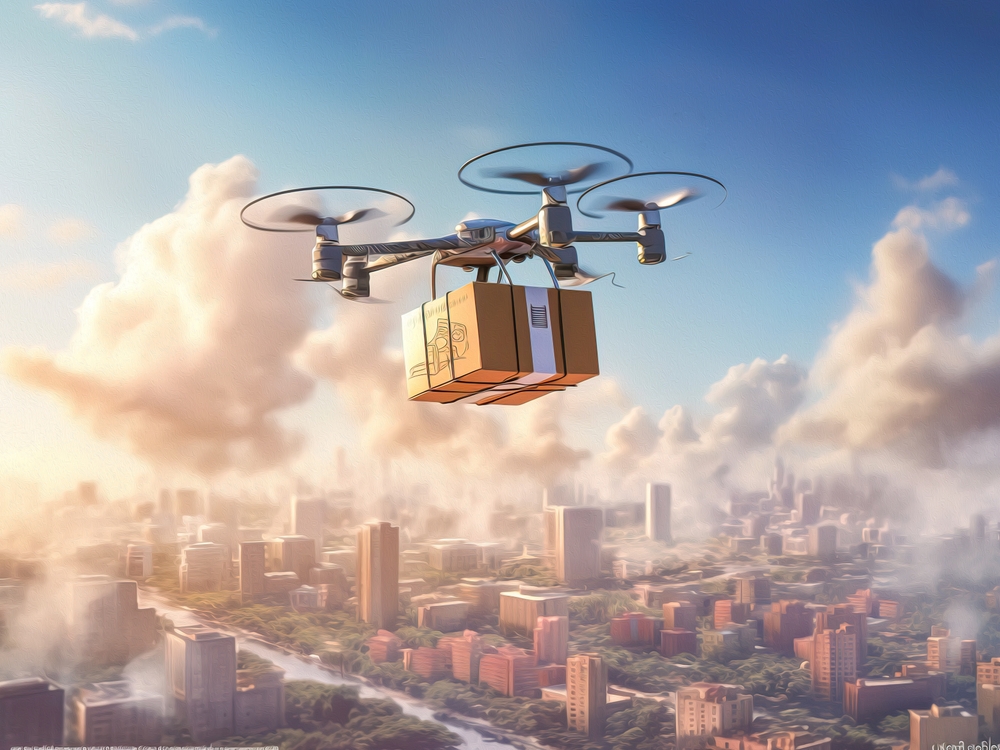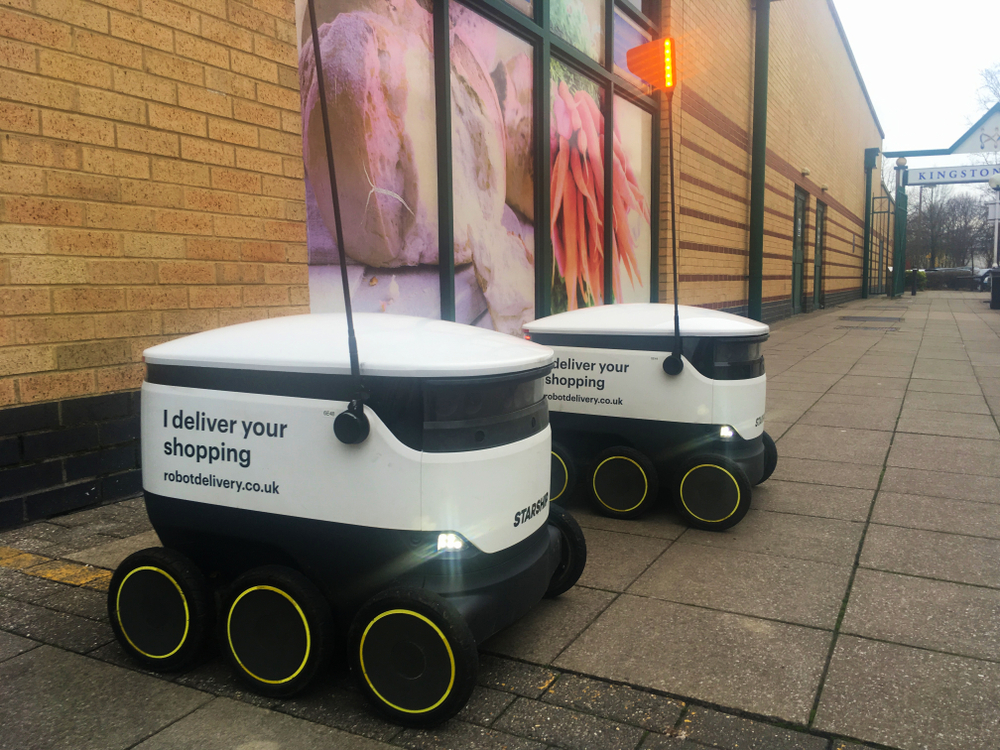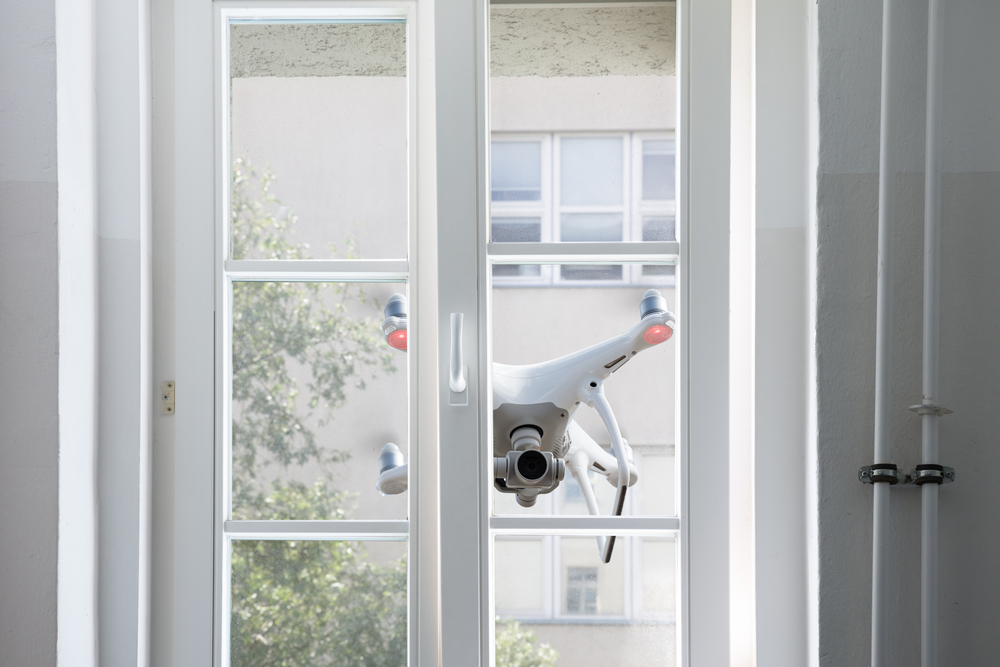
In an economy valuing convenience, speed, and sustainability, drone delivery platforms have emerged as a game-changer in logistics. With the ability to navigate the skies and bypass traditional transportation challenges, drones offer a promising solution for efficient and timely package delivery.
The United States has become a hotbed for the adoption of drone delivery platforms thanks to a thriving e-commerce landscape and growing consumerism. From urban dwellers seeking instant gratification to rural communities yearning for improved access to goods, the allure of drone delivery is captivating an increasing number of U.S. customers.
Meet the future of drone delivery
Drone delivery has experienced a remarkable surge in popularity over the past few years. Many drone delivery startups have emerged and are growing rapidly, opening new frontiers in the logistics sector. They hold the promise of faster, more efficient, environmentally friendlier last-mile delivery.
Several companies have become pioneers, making significant strides in drone delivery tech. While industry behemoths such as Amazon, UPS, and Google’s Wing have established themselves as frontrunners, startups like Zipline, Flytrex, and Matternet are quickly gaining ground. These companies are actively investing in research and development to overcome challenges related to regulatory frameworks, airspace integration, and customer acceptance to propel the industry forward.
Whether they’re zipping fast food to hungry homes, getting humanitarian aid to remote areas, or dropping off packages from a nearby distribution center, drones are unlocking incredible opportunities. And we’re only on the cusp of what’s possible.

The integration of technology and innovation
Technology plays a pivotal role in the evolution and enhancement of drone delivery. Artificial intelligence (AI) and machine learning algorithms have become instrumental in optimizing delivery routes, as well as for training drone behavior. These intelligent systems analyze vast amounts of data — including real-time weather conditions, traffic patterns, and delivery preferences — to act autonomously, which is a critical feature in a future of “driverless” delivery.
Advancements in drone design and payload capacity have also expanded the possibilities of what can be delivered via drones. They’re now capable of carrying larger payloads, facilitating the transportation of a wider range of goods, from small packages to groceries and medical supplies.
Innovative features and initiatives introduced by drone delivery platforms have further propelled the industry’s growth — often powered by intuitive software. Customers can choose specific time slots, delivery locations, or in-flight changes to accommodate last-minute adjustments. Integration with smart home devices and the internet of things (IoT) ecosystem even allows for coordination between drones and the recipient’s home environment, such as real-time arrival notifications.
In short, it’s becoming easier to envision a future of drone delivery, largely because it’s more of a natural, integrated experience.

Overcoming challenges and stigmas
Despite the possibilities, not everyone is ready and willing to embrace drones. Privacy and safety issues have raised concern among potential customers, with worries about intrusive surveillance and the potential for accidents or property damage. Operational limitations and regulatory restrictions have also posed obstacles, including limitations on flight distances, airspace regulations, and the need for certifications.
As regulatory frameworks continue to evolve and technological advancements push the boundaries of what’s possible, the future of drone delivery platforms looks promising. This convenient, sustainable, and interconnected delivery ecosystem is poised to redefine logistics and revolutionize the customer experience.